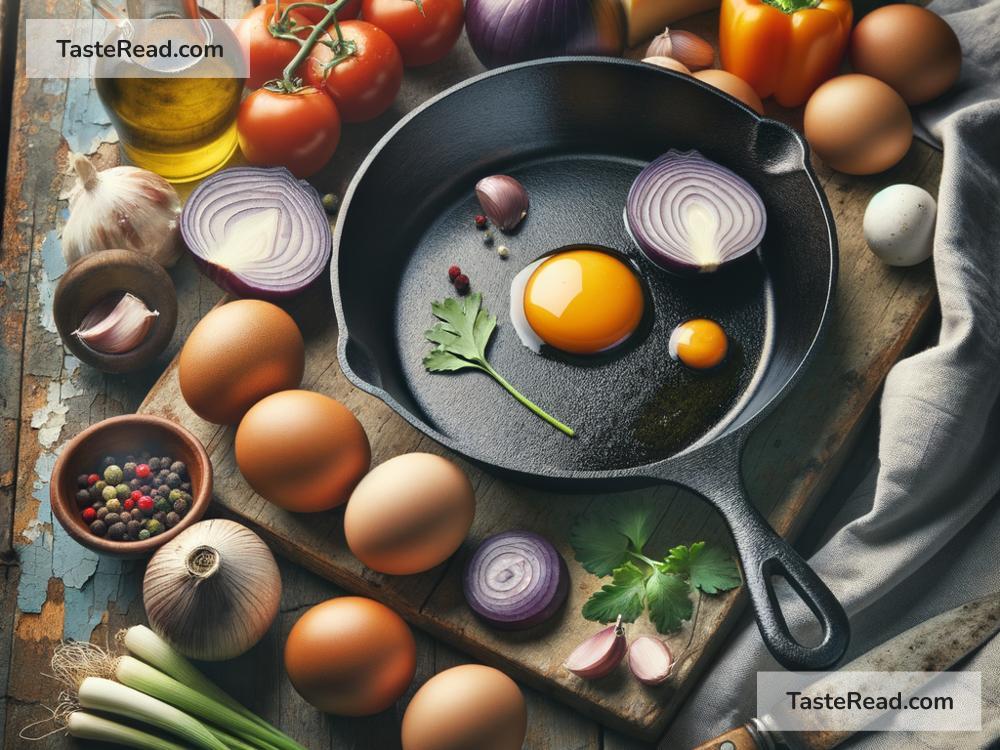Learning the Art of Cooking with Cast Iron: A Timeless Tool
In the world of culinary arts, certain tools have stood the test of time, showcasing their unparalleled utility and durability. Among these, cast iron cookware takes a place of honor. Embarking on the journey of cooking with cast iron is like inheriting a piece of culinary history that promises not only to enhance the flavors of your meals but also to imbue your cooking practice with a timeless charm. Grasping the art of cooking with cast iron might seem daunting at first, but it’s simpler than it appears and ultimately rewarding.
Why Cast Iron?
Before diving into the “how,” let’s explore the “why.” Cast iron cookware is praised for its exceptional heat retention and distribution qualities. Unlike other materials, cast iron maintains heat for longer, ensuring your food cooks evenly. This attribute makes it perfect for searing meats, baking cornbread, frying vegetables, and even slow-cooking stews. Beyond its practicality, cast iron cookware is durable. With proper care, a single skillet could serve your culinary needs for a lifetime, and maybe even be passed down to future generations.
Seasoning: The Foundation of Cast Iron Cooking
The cornerstone of cast iron cookware is its seasoning—a layer of polymerized oil that acts as a natural, non-stick coating. Seasoning not only prevents rust but also improves with use, making your pan more non-stick over time. To season a cast iron skillet, coat it lightly with a high-smoke-point oil (like canola or vegetable oil), and bake it upside down in the oven at 375°F (190°C) for an hour. Allow it to cool in the oven. This process, repeated over time, builds up a non-stick surface that rivals modern coatings.
Maintenance: Less Scary Than It Sounds
Maintaining cast iron might sound like a high-maintenance relationship, but it’s surprisingly straightforward. The golden rule is: no soap, no dishwasher. Instead, clean your skillet while it’s still warm using hot water and a non-abrasive sponge or brush. For stubborn bits, coarse salt works as an excellent abrasive. After washing, dry the pan thoroughly over low heat on the stove, then apply a thin layer of oil before storing. This routine ensures your cast iron remains in prime condition, ready for your next culinary adventure.
Cooking with Cast Iron: A Versatile Experience
What truly sets cast iron apart is its versatility. It easily transitions from stovetop to oven, making it ideal for a wide range of dishes. Start with something simple, like cornbread or a skillet cookie, to get a feel for how cast iron heats and cooks. As you grow more comfortable, graduate to searing steaks or making a frittata. The consistent heat ensures a perfect sear on meats and an even bake on your favorite treats.
Remember, cast iron heats up more slowly than other materials, so give it time to reach the desired temperature. Once hot, it holds heat remarkably well, allowing you to reduce the burner’s intensity and save energy. Its ability to retain heat also means you should handle it with care—always use oven mitts or handle covers.
A Connection to the Past, Present, and Future
Cooking with cast iron offers more than just a means to prepare food; it provides a connection to past generations. It’s a way to experience the same time-tested cooking methods that our ancestors used. Each meal cooked adds to its seasoning, its story, thereby enriching its legacy. This enduring legacy, coupled with the practical benefits of cooking with cast iron, makes it a worthwhile investment for any home cook.
Moreover, in a world increasingly concerned with sustainability, cast iron cookware shines as an eco-friendly option. Its longevity means less waste, and its chemical-free surface is a healthier alternative for your family and the environment.
Embarking on Your Cast Iron Journey
Learning the art of cooking with cast iron is a journey of exploration, filled with delicious rewards and the satisfaction of mastering a timeless culinary tool. It encourages a slower, more thoughtful approach to cooking—a reminder that the best meals are often those made with care and patience.
Whether you’re frying, searing, baking, or roasting, cast iron cookware offers a versatile, durable, and eco-friendly option that can elevate your cooking experience. So why not start your cast iron journey today? The delights of discovering its many uses and the joy of creating meals with a piece of culinary history await you.


